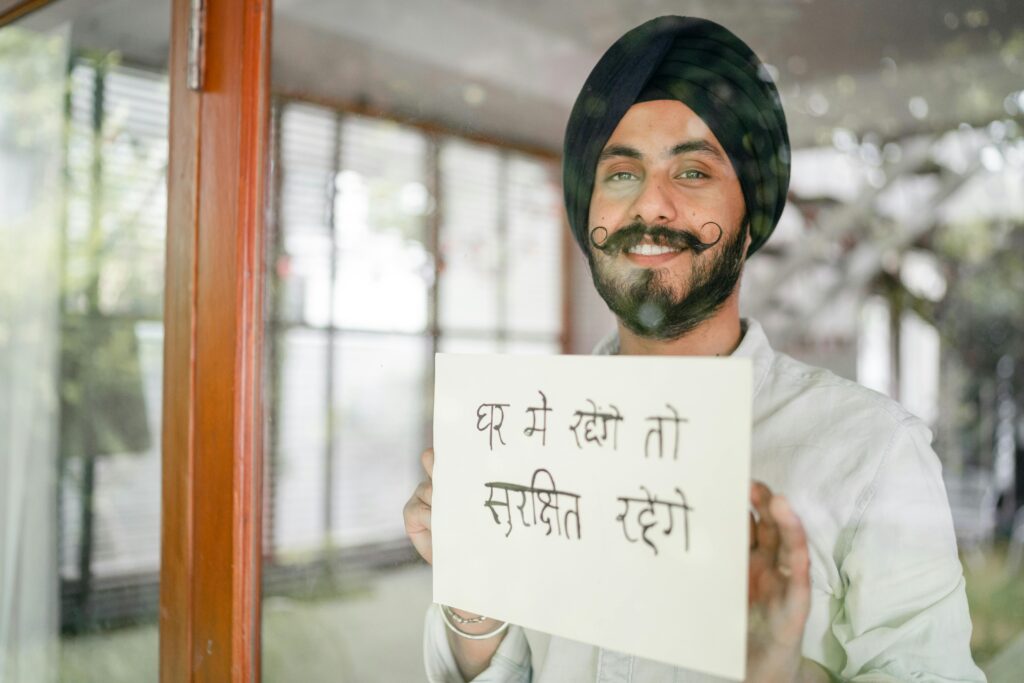In a recent Supreme Court verdict, India’s highest justices affirmed that Urdu belongs as much to India as Hindi or any other tongue—a reminder of the nation’s extraordinary linguistic tapestry. Far from dividing us, India’s multilingual heritage is a unifying force, an engine of social cohesion, economic opportunity, and global influence. Here’s why our ability to speak many languages is truly India’s superpower—and how we can harness it for the future.

A Mosaic of Tongues
- Hundreds of Mother Tongues: India officially recognizes 22 scheduled languages, but linguistic surveys document over 400 distinct languages and more than 1,600 dialects. From Kashmiri and Punjabi in the north to Tamil and Malayalam in the south, each language carries centuries of history, literature, and cultural wisdom.
- Beyond the Scheduled List: Tribal languages—like Gondi, Mundari, and Oraon—enrich India’s linguistic mosaic but face the threat of extinction. UNESCO estimates that nearly a third of India’s languages are endangered, underscoring the urgency of preservation efforts.
Cultural Cohesion Through Language
- Shared Heritage: Many Indian languages share roots in Sanskrit or Prakrit, while others—such as Urdu—evolved through centuries of cultural exchange. This common ground fosters mutual intelligibility: Punjabi and Hindi speakers often understand each other, while Bengali, Marathi, and Gujarati share similar grammatical frameworks.
- Arts and Storytelling: India’s multilingualism fuels its vibrant arts scene. Filmmakers deliver dialogue in Hindi, Tamil, Telugu, or Malayalam; writers compose novels in Kannada or Assamese; poets blend Urdu ghazals with Punjabi bhangra beats. Language festivals and literary conferences across India celebrate this interwoven heritage, drawing audiences from around the world.
Cognitive and Economic Advantages
- Brain Benefits: Research shows that multilingualism enhances executive function, creativity, and problem-solving. A study from University College London found denser grey matter in bilingual brains, improving focus and cognitive flexibility. In India, where code-switching between languages is routine, these neural advantages are cultivated from childhood.
- Market Edge: India’s linguistic diversity is a business asset. Multilingual workforces can engage with global clients in English, French, Japanese, or Arabic—and converse locally in Hindi, Tamil, or Bhojpuri. Startups and service industries leverage regional languages in marketing campaigns, while call centers train staff in dozens of dialects to serve both domestic and international customers.
Language Policy and Education
- Three-Language Formula: India’s education policy encourages students to learn three languages: typically a regional language, Hindi, and English. While implementation varies, successful models—like Karnataka’s inclusion of Sanskrit and Tamil—demonstrate the formula’s potential to nurture proficiency without overburdening students.
- Digital Learning Platforms: Edtech companies are creating apps and online courses to teach Indian languages. From interactive storytelling in Marathi to AI-driven Urdu lessons, technology is bridging urban–rural divides and helping preserve endangered tongues.

Challenges and the Path Forward
- Preserving Endangered Languages: Community-led initiatives—like village cultural centers and university documentation projects—are vital to recording oral traditions and restoring script literacy for tribal languages.
- Balancing Global and Local: While English remains a gateway to global opportunities, there’s a risk of overshadowing native tongues. Policymakers must ensure that English instruction enhances, rather than replaces, mother-tongue education.
- Inclusive Public Discourse: Official signage, government services, and judicial processes increasingly incorporate regional languages. The recent Supreme Court ruling on Urdu signage in Maharashtra exemplifies the importance of linguistic inclusion as a matter of both law and social justice.
Frequently Asked Questions
Q: Why did the Supreme Court rule in favor of Urdu signage?
A: The Court recognized Urdu’s historical and cultural roots in India, affirming that no language should be deemed “foreign” when it is spoken and cherished by a significant community.
Q: How many languages are actually spoken in India?
A: While the Constitution lists 22 scheduled languages, surveys record over 400 distinct languages and more than 1,600 dialects.
Q: What is India’s three-language formula?
A: It mandates that students learn their regional language, Hindi, and English to promote both national integration and global competence.
Q: Do bilingual or multilingual brains have advantages?
A: Yes—studies show enhanced cognitive flexibility, better attention control, and stronger problem‑solving abilities among multilingual individuals.
Q: How can endangered languages be preserved?
A: Through community documentation projects, inclusion in school curricula, digital archiving, and support for local cultural festivals and storytelling.
Q: Is English threatening regional languages in India?
A: While English offers global opportunities, balanced policies and mother‑tongue education ensure that native languages continue to thrive alongside it.
Q: How do businesses benefit from India’s linguistic diversity?
A: Multilingual workforces can cater to diverse domestic markets and international clients, using regional languages for local outreach and English for global communication.
Q: Can language diversity promote social cohesion?
A: Yes—shared linguistic heritage and mutual intelligibility between many Indian languages foster unity and cultural exchange across regions.
Q: What role does technology play in language learning?
A: Edtech platforms and AI-based tools provide interactive lessons, preservation archives, and virtual immersion, making language learning more accessible and engaging.
Q: How does India’s multilingualism shape its global image?
A: It positions India as a land of cultural richness and inclusivity, offering diplomatic soft power through literary exchanges, film exports, and collaborative academic research.

India’s true superpower lies not in its military might or economic size, but in its extraordinary capacity to speak—and celebrate—many languages. Each tongue is a thread in the nation’s social fabric, weaving together history, innovation, and shared identity. Emboldened by this legacy, India can continue to sing in chorus, radiating its multilingual harmony across the world.
Sources The Tribune


